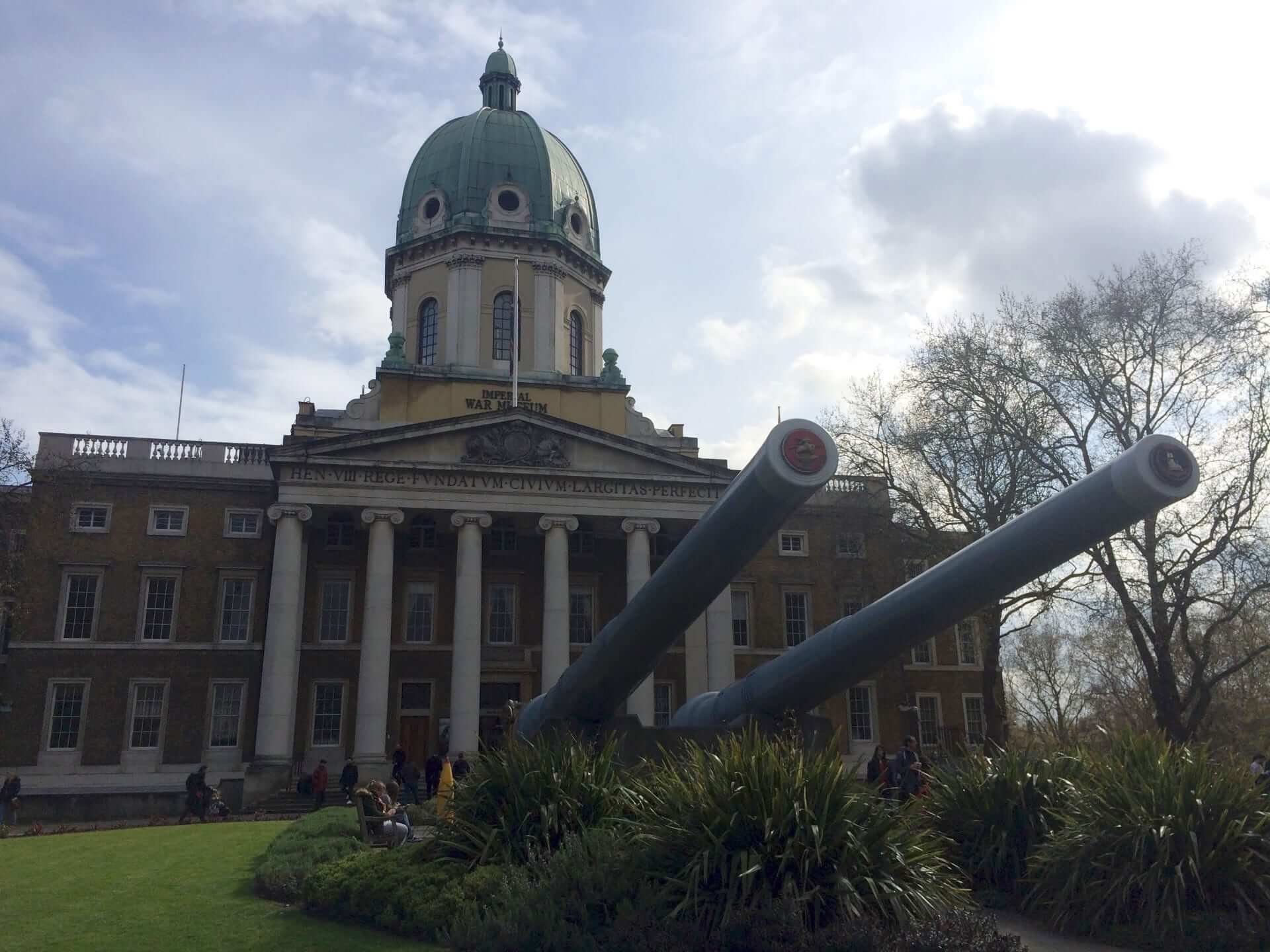by The Cowl Editor on January 31, 2019
Arts & Entertainment
by Kerry Torpey ’20 A&E Co-Editor
When one pictures London, the first images that come to mind are major tourist attractions, such as Big Ben, the London Eye, and Tower Bridge. Although these are all worth seeing, London’s numerous museums must be on one’s itinerary. They hold millions of artifacts from all over the world and different periods of history. One such place is the Imperial War Museum (IWM), found in the Central London district of Lambeth.

Like most museums in London, the IWM offers free admission. Founded in 1917 and opened to the public in 1920, the museum’s creators sought to preserve Britain’s efforts during the First World War (WWI). Because of the nation’s deep involvement in the war, dozens of commemorative statues and plaques can be found throughout Britain—the IWM has over 1,300 artifacts in this collection alone.
Museum-goers from other countries have a unique opportunity to experience how those living in Britain understand the war. From uniforms to pistols to exclusive government documents, the WWI galleries are highly detailed and provide information many may not have been aware of before.
A notable part of the exhibit memorializes the women who had the chance to leave forced domestic life and work in factories, production, and on the battlefield. Spectators can read about and see the uniforms of “munitionettes,” British women who made ammunition.
The IWM website states, “Each object on display gives a voice to the people who created them, used them or cared for them, and reveals stories not only of destruction, suffering, and loss, but also endurance and innovation, duty and devotion, comradeship and love.” Like other museums in the city, the IWM seeks not only to educate its visitors on the history of WWI, but also to honor the nation’s heroes who experienced the trauma of the war.